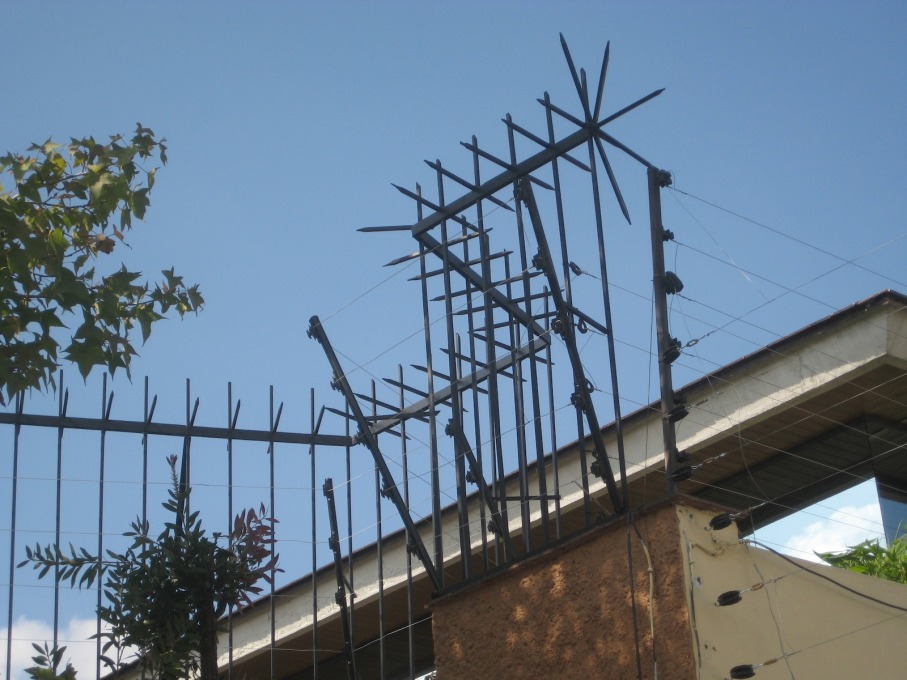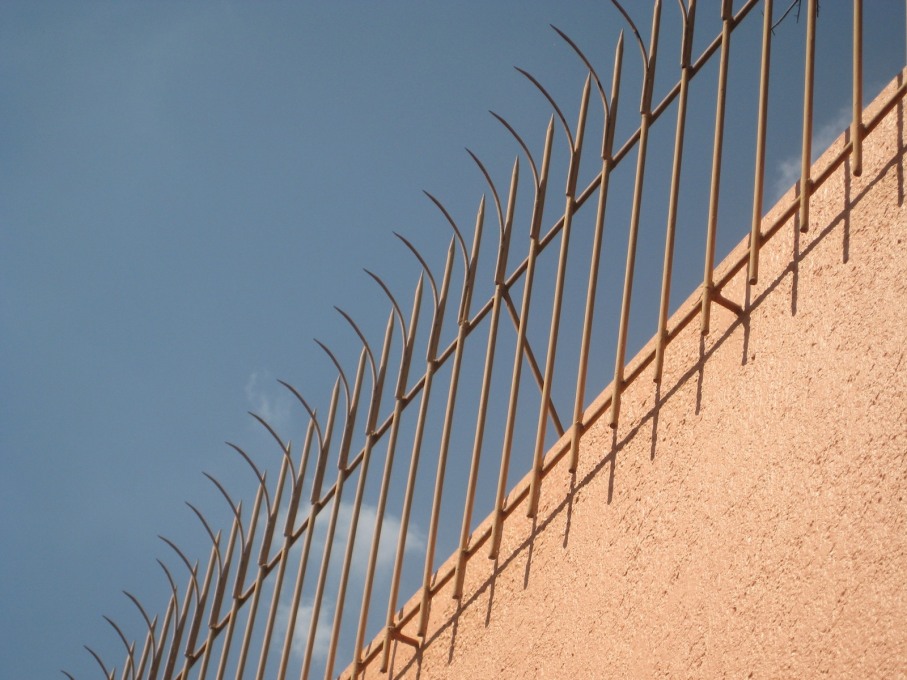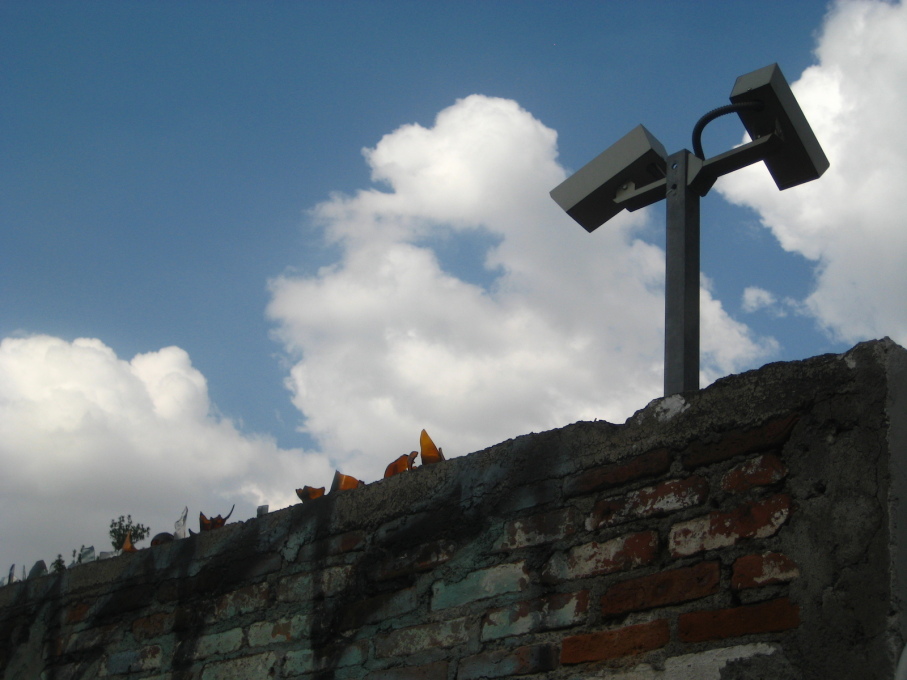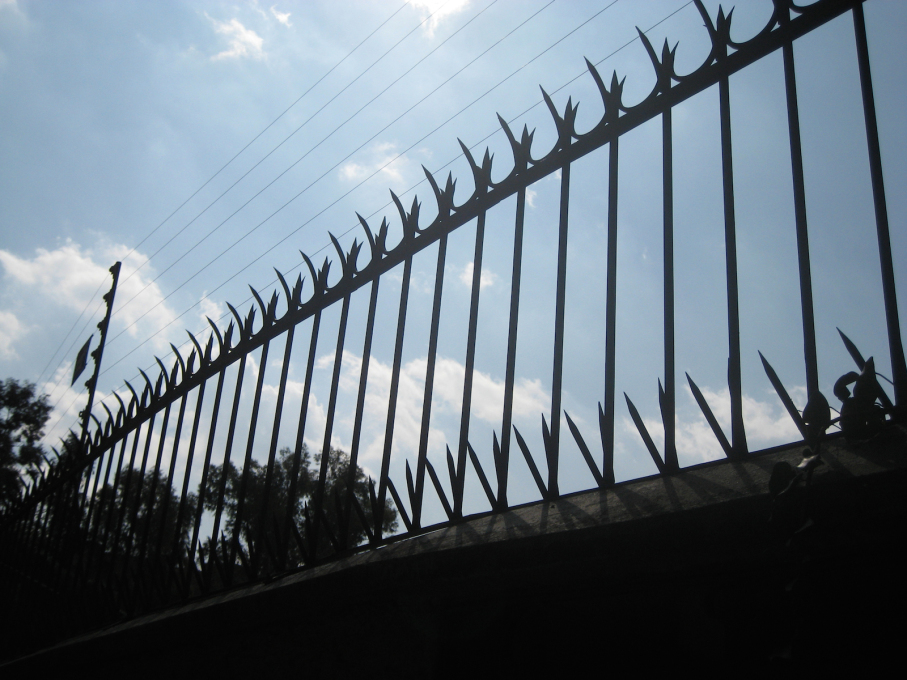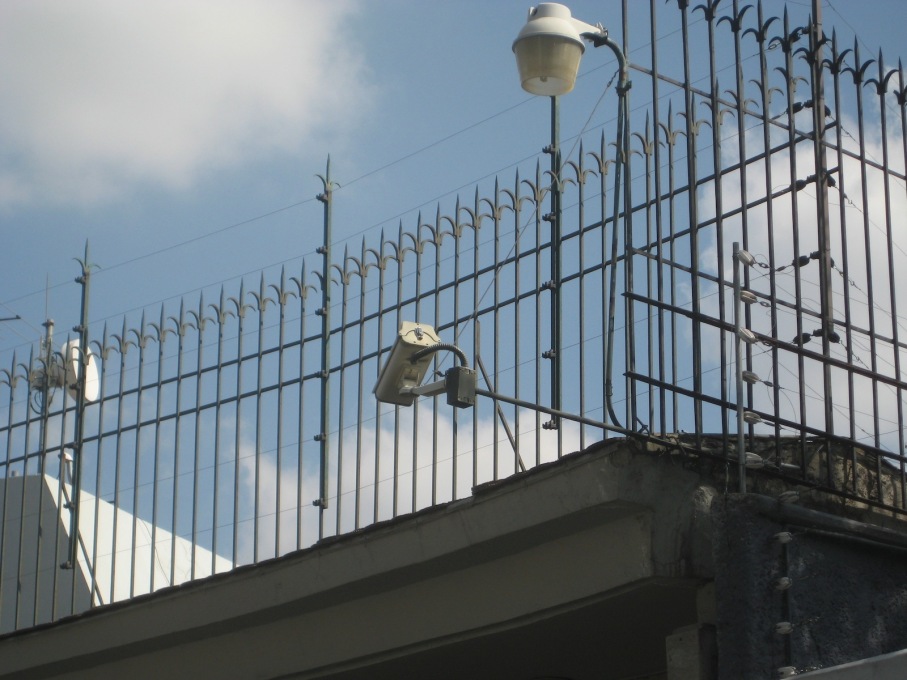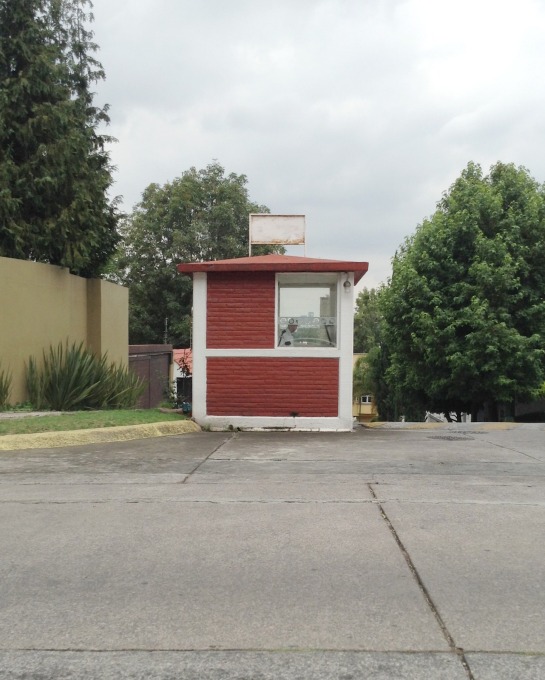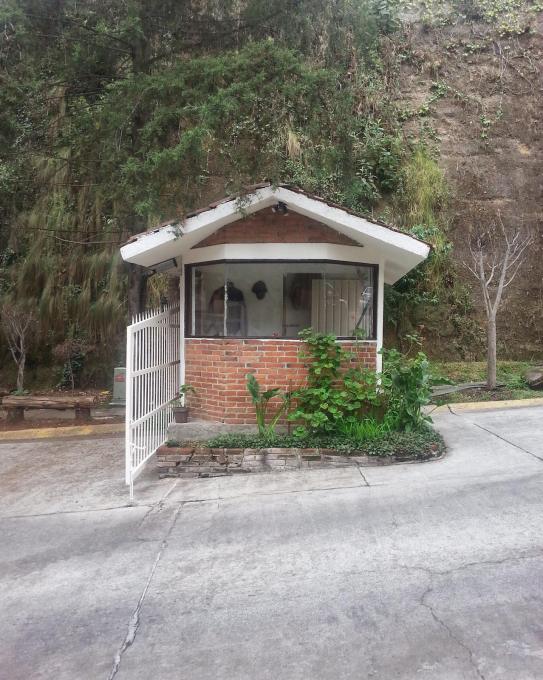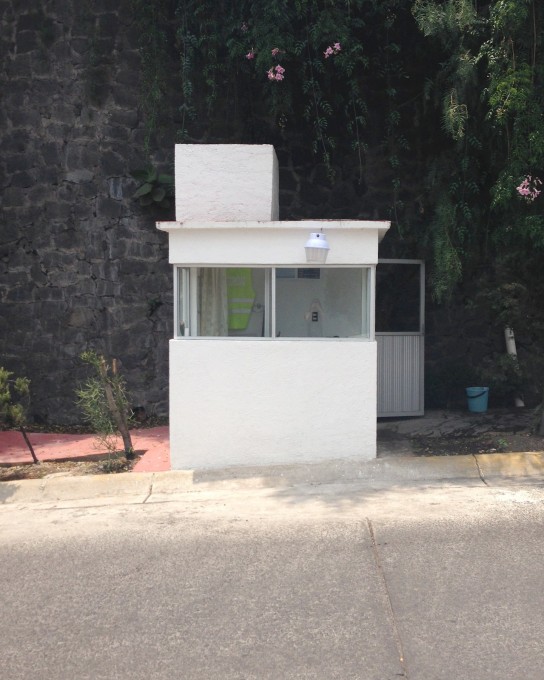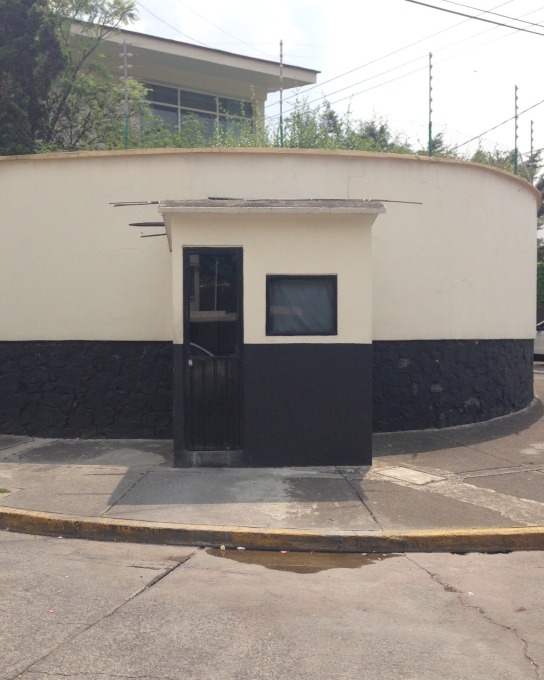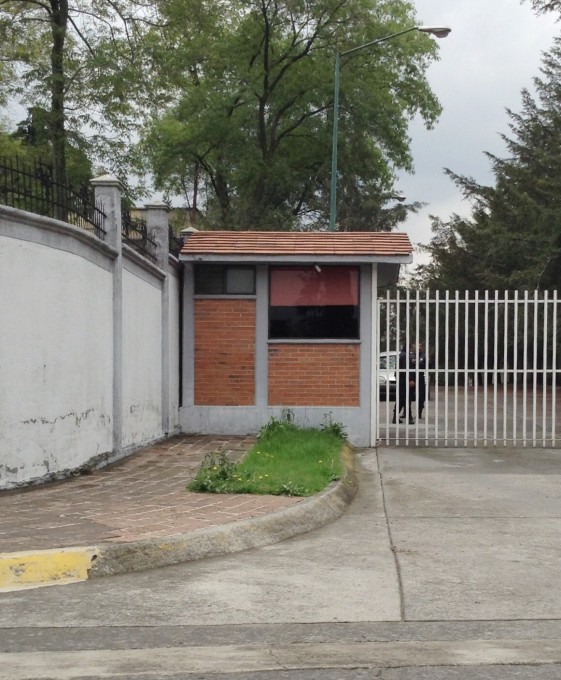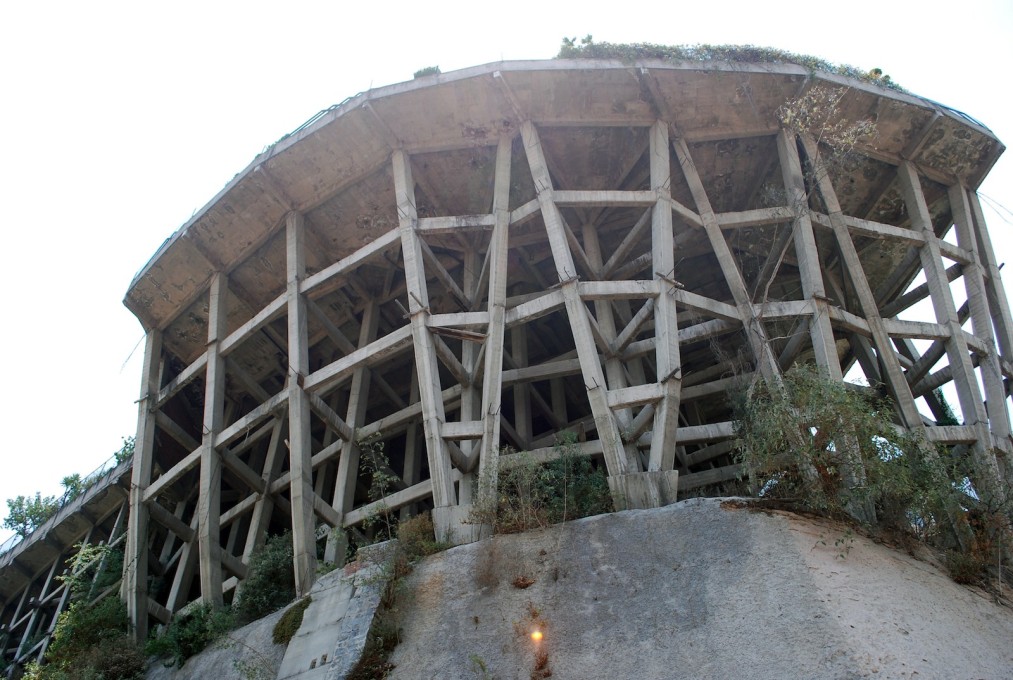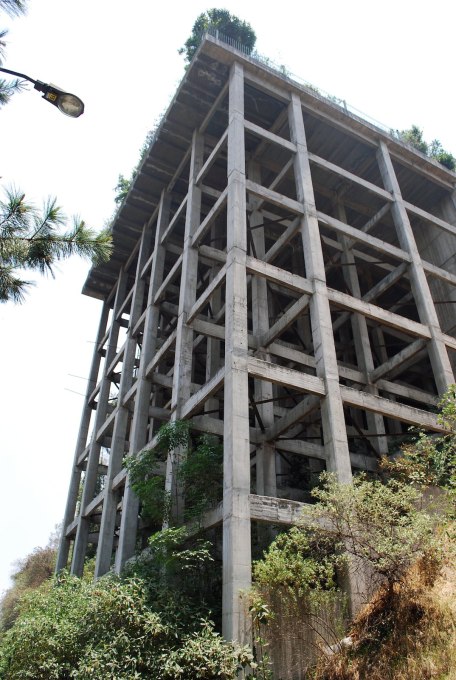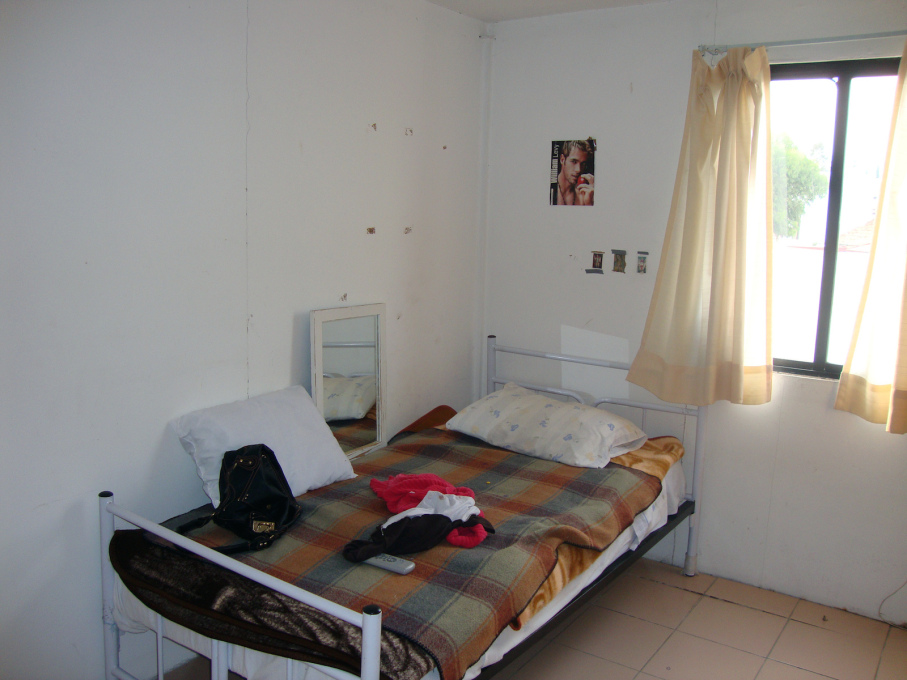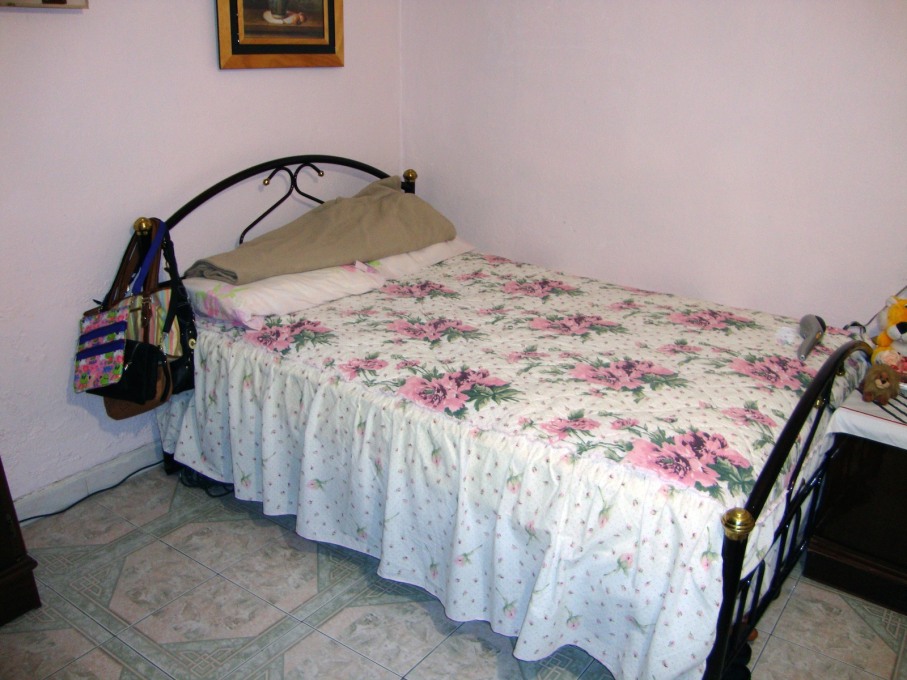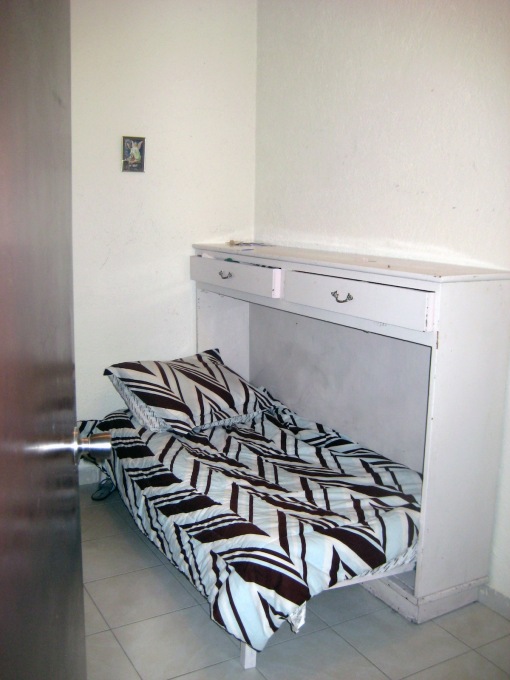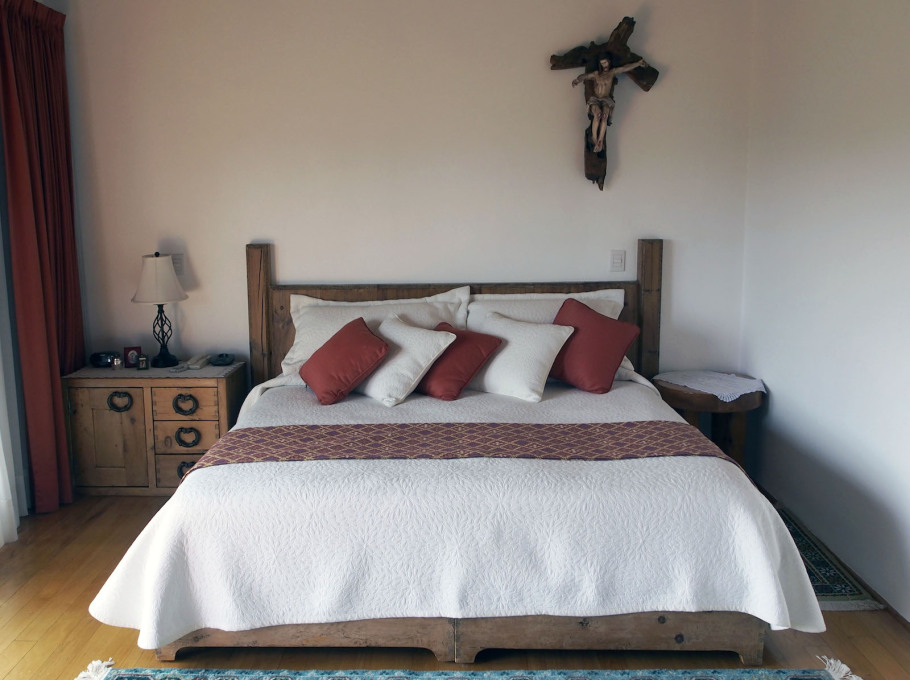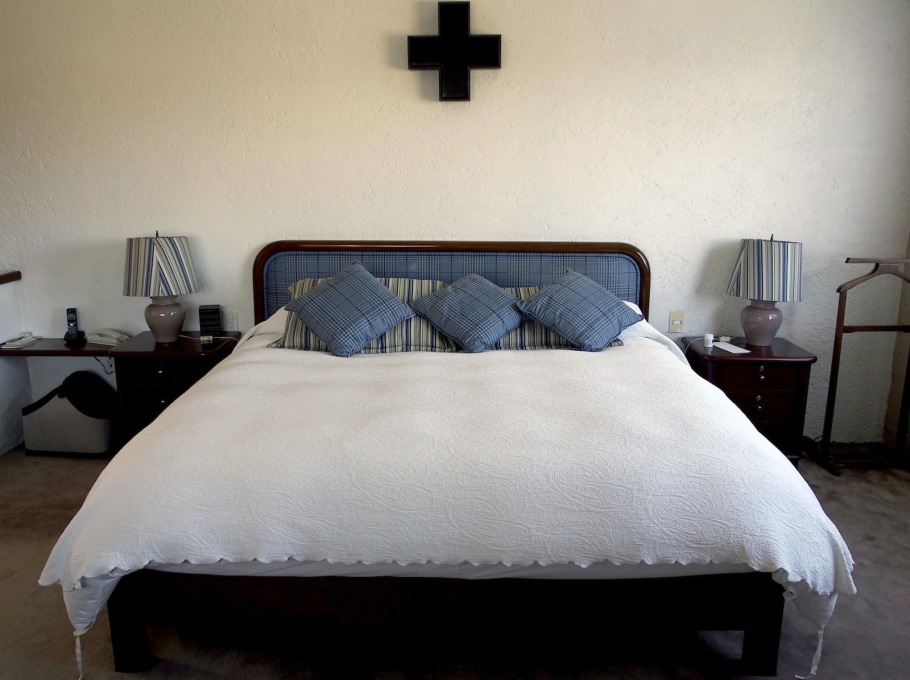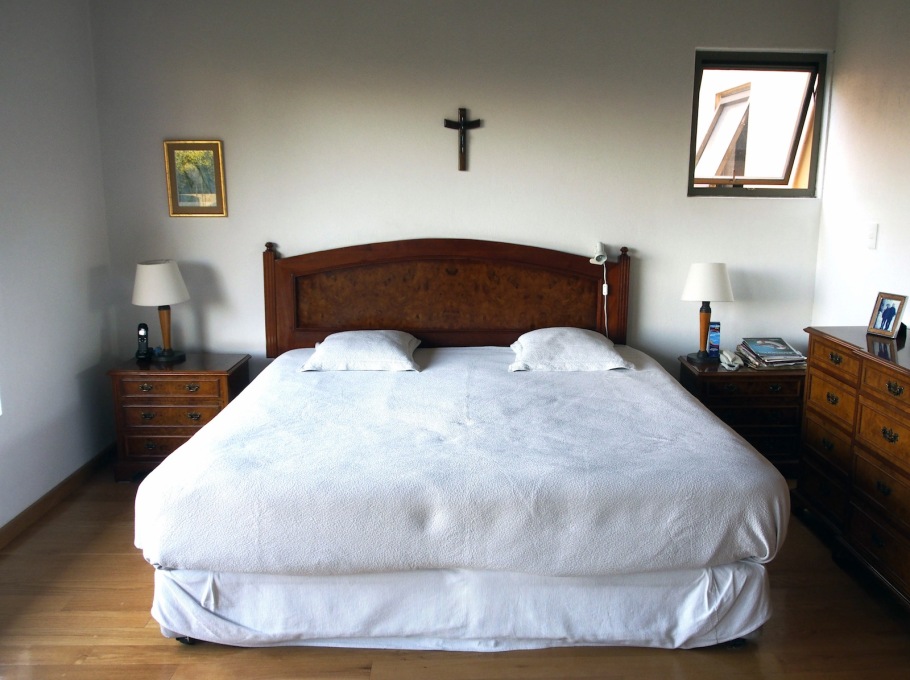Arturo Ortiz Struck – architect, researcher and Mexico City resident – takes us behind the closed doors and gated communities of his hometown to reveal a society which, he says, is riddled with discrimination and injustice. He demonstrates how the city’s architecture and fabric can be read as witnesses to these social imbalances.
Spaces are evidence of everyday life, they reveal who we are, and reflect the dominant values and principles that rule our societies. The shape of a city depends on the social relationships that take place within it, that is: spaces express a social order and hierarchy and social relations translate into physical spaces. This means that cities are cultural textbooks.
Since 2010 I have been working on a project about Mexico City called Heterotopia. It presents a critical viewpoint, shown through over 7,000 thematic images, of spaces that speak for themselves, showing facets of the city that reveal a discriminatory, fetishistic, conservative and fearful society.
Take, for example, the maids’ rooms commonly found in middle and upper class homes of Mexico City. They are the product of a real estate demand that reveals the labour relations and social hierarchies of Mexican society. These rooms are usually located in the worst possible parts of the house, without natural lighting or ventilation. With them come terrible working conditions: no employment contracts, no social security insurance and no regulated working hours. Because they live in their employers’ homes, the maids are required to work at any time the family needs them. They have to ask for permission to leave the house and cannot invite friends or lovers to their rooms.
Since such rooms are part of the market requirement, most architects, including recognised ones, reproduce this architectural programme. Of course, architecture is not responsible for the use that will be given to these rooms or the labour terms between families and maids, but this is an indicator that the discrimination process is a part of everyday life – a huge spectrum of Mexican society values, where the middle and upper classes see no conflict in having maids living in deplorable conditions which transgress civil and human rights.
The photographs for this project were collected with the help of friends and students using their mobile phones. They reveal a paradoxical city, very conservative, veiled in religion, and also one where sexual restrictions produce different kind of spaces. On the one hand, architectonic programmes for housing mainly reflect a nuclear family ideal: devoted to married life, with its sacralised main bedrooms. On the other hand, there are thousands of motels throughout the city used to accommodate sexuality at large.
Spaces also incorporate language appropriations: businesses often use foreign names and words as a validation or legitimacy and this is reflected in signage. Architectural language too is not immune from this treatment with details from other building cultures, such as traditional French-style mansard windows or enormous, out of scale concrete platforms supporting gardens for the rich, as seemingly random insertions into local architecture.
Then there is the fear: houses with huge perimeter walls, metal spikes, high voltage electric security fencing, surveillance cameras and security booths to house private police officers guarding houses and streets, are all part of the urban fabric here. They show a Mexican society that is really afraid of "something”, whatever that something might be – thieves, killers, or other monsters – it’s hard to tell.
Spaces show who we are, they act as mirrors capable of reflecting the naked truth of a society – its ideologies, its values, its prejudices and its fears.
– Arturo Ortiz Struck is head of the architectonic and urban research workshop Taller Territorial de México and a member of the National System for Art Creators, FONCA.
Now read uncube issue No. 23: Mexico City
See more of the images from Arturo Ortiz Strucks Heterotopia project here:




